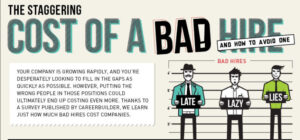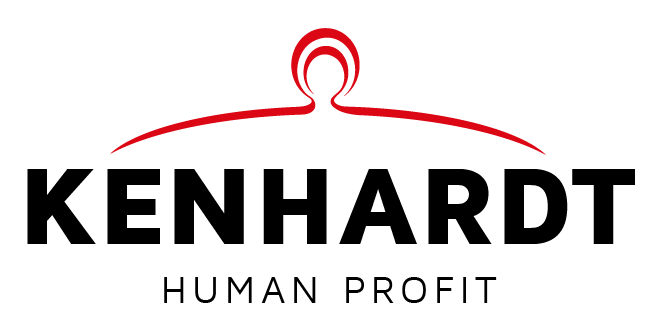
Posted by Patrick van Loon
There is still a world to be won when it comes to assessing people. After all, crucial decisions are often made with major consequences. Earlier I wrote in a blog that it is stated that the difference between an out performer and an average performer in sales is factor 5 to 7. So top performers soon pay for themselves. High-quality selection therefore pays off handsomely for the business.
After all, the costs of a mishire are considerable. Costs for recruitment & selection, salary, lawyer and dismissal quickly run into tens of thousands of euros. Not to mention the frustration for managers dealing with underperformers, the negative impact on team members and its influence on their performance. That too costs tens of thousands of euros. So good selection pays off and saves a lot of misery!
It never ceases to amaze me that HR managers talk about their role as business partner, but that a crucial process for the business, such as selecting people, is often left to its own devices. The other day I spoke to an HR director of a listed company, who told me that an average of eight managers talked to a potential candidate before hiring them. When I asked whether these managers were also trained in conducting a structured interview, the answer was in the negative. To be clear, the predictive value of an unstructured interview is 0.38 versus 0.51 of a structured interview (source: Schmidt & Hunter). What is the point of having eight bad interviews versus one good one?
To my comment on the high cost of this method of selection, the HR director in question reacted very laconic: ‘Oh well, we earn more than enough as an organisation and, after all, managers enjoy talking to candidates (read: talking about their own work). We could do things very differently, but everyone is happy.’
I bet that if the Board understands what is happening here, they would not let this run its course. But I would be even better if the HR director himself intervened, denounced the selection policy ánd professionalised it. Then you automatically become a business partner. Not because you call it that, but because you prove it. The profession does that well.
In contrast, there are organisations that send everything and everyone to an assessment agency for a full assessment. We know this has the highest predictive value. After all, it is a combination of various selection methods: ability tests, questionnaires focusing on personality and motivation, assessment exercises, structured interviews, etc. The predictive value of a selection method is referred to by the industry in fancy words as ‘predictive validity’. Depending on the quality of implementation, it is at most 0.7 to 0.8 for a full assessment. Kenhardt is of course happy with all those candidates, but it is not necessary. Rather, we help design the selection process to select the best people at the lowest cost. After all, that is what you are waiting for.
This starts with good recruitment. When at the start of the selection process there are only suitable candidates, the selection is aimed at selecting the best candidate from among them. In other words, the out performers. When too many candidates present themselves that do not meet the desired profile, selection becomes a rejection machine in the hope that someone will remain. But probably not the hoped-for top performer.
When setting up a selection process, it makes sense to use the so-called funnel model. Relatively cheap but meaningful selection methods are used at the beginning of the process and relatively expensive ones at the end. What makes sense depends on the situation. A good predictor, as mentioned earlier, is a full assessment, but that is also relatively expensive. Suitable, therefore, for at the end of the process when unsuitable candidates have already dropped out. Good predictors include ability tests (0.51) and structured interviews (0.51).
What makes little or no sense, according to the aforementioned research, is assessment based on graphology (0.0), number of years of education (0.10), interests (0.10) and training and experience (0.11).
Despite Schmidt & Hunter’s research being widely cited in the industry, in practice I still encounter too many organisations using only selection methods with low predictive validity. With dire consequences and costs for the business. HR managers or HR directors who engage in these methods will never be taken seriously at the board table! So there is a world to be won in the field of assessing people. For HRM, but also for the business. That’s Human Profit.

